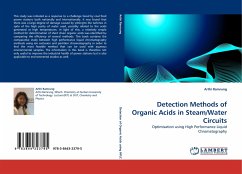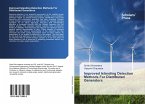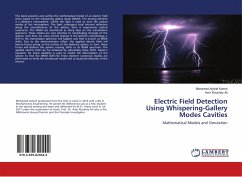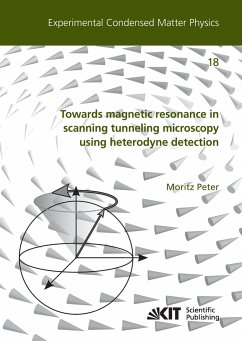One of the most important and tedious problem confronting the human safety is landmine detection. A reviews the detection techniques of APM using GPR and Em and describes particular situations where each technique is feasible is presented. We provide an analysis for fusion based detection and classification of APM. The GPR and EM data acquisition, signal processing also include a comparative study of these two sensors with respect to signal processing and target detection procedures. The strengths and weaknesses of each of the sensors based on data capturing efficiency, overcoming environmental difficulties and sensor technology. Finally, we emphasize that a geometrical feature based sensor fusion, combining GPR and EM for detection and classification of APM may be the most effective technique. Detection of landmines using recent developments by using dual sensor technology by combining EMI and ground penetrating radar (GPR) have enabled improved discrimination against small metal fragments to be demonstrated in a test landmine field.
Bitte wählen Sie Ihr Anliegen aus.
Rechnungen
Retourenschein anfordern
Bestellstatus
Storno








